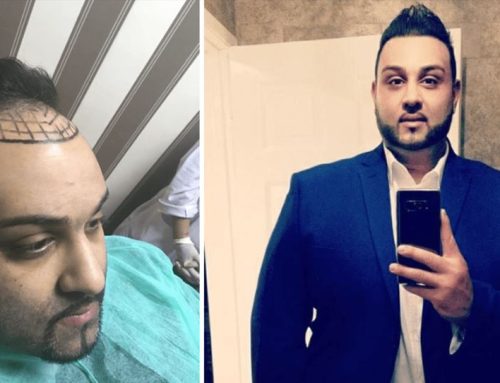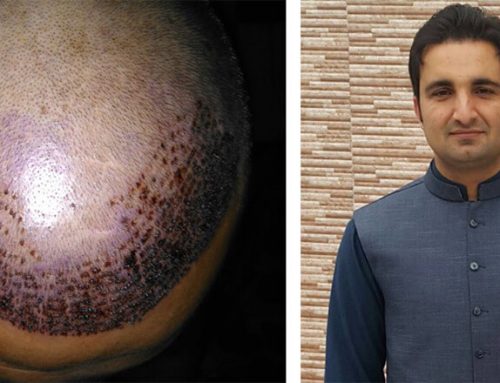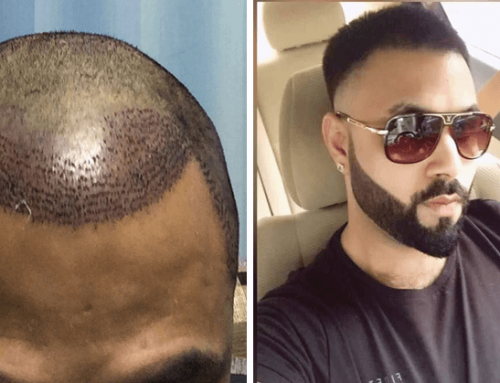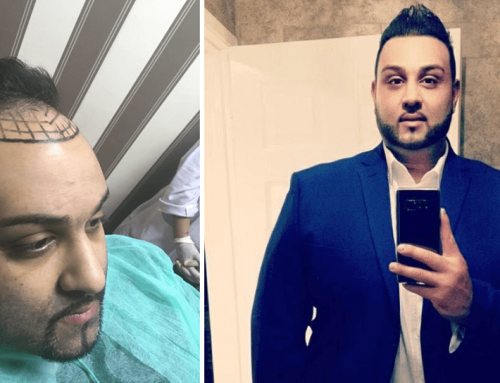Preservation of s and tissues is a critical factor throughout transplantation.
All tissues during transplants undergo several stages of stress , from the moment they leave their original site mediated by lack of oxygenation and all that apoptosis represents, the lack of ATP to complete their cycles as they move from aerobic metabolism to Anaerobic, up to the damage they suffer at the time of the new adaptation to the body what is called damage by reperfusion, in total injury is produced by ischemia-re-infusion all this generates free radicals, which occurs both in in s Transplanted and in the recipient tissues. Concern with hair transplant in Islamabad.
Efforts to reduce storage injury and ischemia and reperfusion injury have led to different conservation solutions.
In general, what is intended is to add antioxidant solutions, and also treat patients with corticosteroids before and after the intervention do you know about Q-FUE Technique The Advanced Technology
Another approach is to decrease the temperature of the solution in which the grafts are maintained, however at very low temperatures the membrane pumps do not function properly and there is intraular edema, a lower pH, and a rise in the concentration of Intraular calcium and in general all this damages the s for this reason the hypothermic maintenance solutions have been created.
These solutions also have antioxidants like vitamin E and glutathione. For all this, the grafts will present less injury if it is conserved in HYPOTERMOSOL than in SALINO.
Further recent studies have shown that hair follicles preserved in LACTATE RINGER solution at very cold temperatures (0 degrees Celsius) have exent survival.
- Lactate ringer
2. Hypothermosol
3. FUE
4. Biolife solutions






